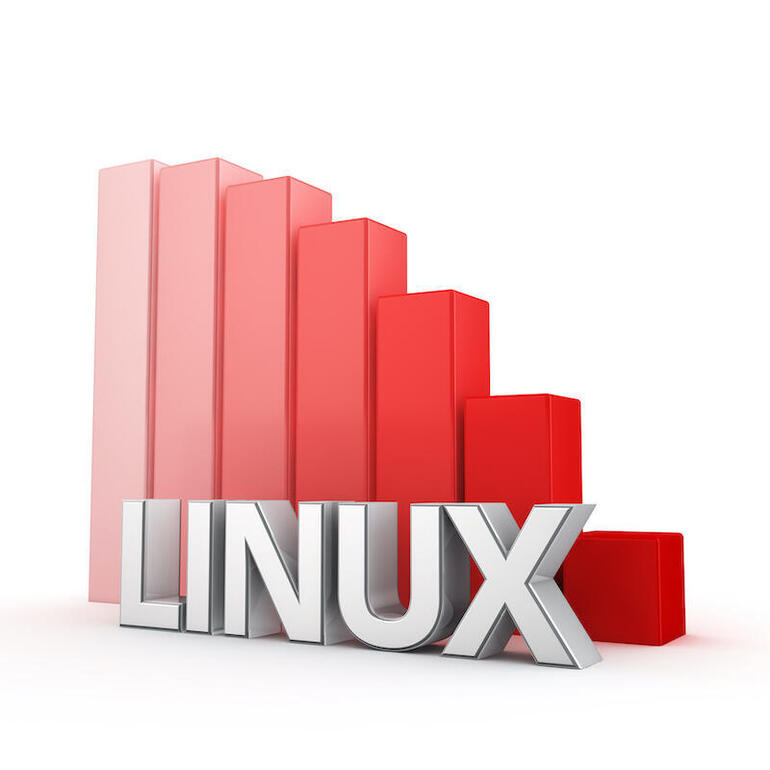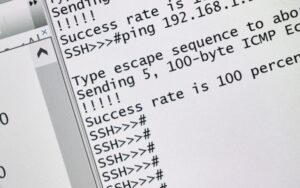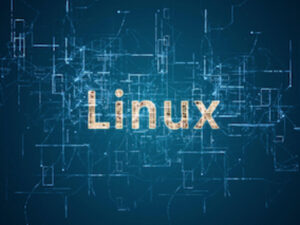Find out what’s coming to (and what’s leaving) the Linux 5.14 kernel and what Linus Torvalds said about the release.

Image: iStockPhoto/TimArbaev
On the heels of the 5.13 kernel debut, Linus Torvalds (the creator of Linux) announced the first release candidate for the Linux 5.14 kernel. According to Torvalds, this kernel will be a fairly standard release (especially compared to the 5.13 kernel). In fact, Linus said of this release, “On the whole, I don’t think there are any huge surprises in here, and size-wise this seems to be a pretty regular release too.” Torvalds added, “Let’s hope that that translates to a nice and calm release cycle, but you never know.”
SEE: 5 Linux server distributions you should be using (TechRepublic Premium)
That the 5.14 kernel is a less-than-exciting release is mostly because it follows one of the biggest kernel releases in recent history (especially with the 5.13 kernel adding support for Apple M1 Arm-based CPUs).
That doesn’t, however, mean the 5.14 kernel isn’t without its own exciting features. Let’s take a look at what’s possibly coming to the next Linux kernel.
B’bye legacy IDE support
In an effort to continue the kernel code cleanup, Torvalds has indicated that legacy IDE device support will be removed. To that, Torvalds said, “Of course, the fact that we removed all that legacy IDE code doesn’t mean that we had a reduction in lines over-all: a few tens of thousands of lines of legacy code is nowhere near enough to balance out the usual kernel growth. But it’s still a nice thing to see the cleanup.”
SEE: Rust: What developers need to know about this programming language (free PDF) (TechRepublic)
Tends of thousands of lines of legacy IDE code have been removed, which is no small feat. But given how the kernel continues to grow with each release, that’s a mere pittance in relation to what’s added.
New features added to Linux 5.14 kernel
Outside of removing legacy code, some of the new feature highlights that might make it to the final release include:
- Support for the Raspberry Pi 400.
- Dell Hardware Privacy Support (for hardware buttons that can disable mics and cameras)
- The Think-LMI driver, which makes it possible to configure ThinkPad BIOS settings from within Linux.
- New AMD support for Yello Carp GPU, Beige Goby GPU, AMDGPU HMM SVM, Smart Shift for laptops, and Sensor Fusion Hub support for new Ryzen Laptops.
- Support for Intel Alder Lake P graphics.
- Qualcomm Adreno 660 GPU support.
- ACPI Platform Runtime Mechanism (allows moving some system management interrupt handlers out of the system management mode and into OS/VMM execution context).
- Core-scheduling interface to help mitigate user-space to user-space and user-to-kernel attacks.
- Flash-Friendly File System read-only mode.
- Faster XMM hypercalls for Hyper-V guests.
- Transparent Hugepages for RISC-V.
- Intel P-State for hybrid processors for Alder Lake.
- memfd_secret is a system call that provides the ability to create memory areas that are visible only in the context of the owning process (and are not mapped by other processes or even the kernel page tables).
Improvements added
Although there might not be a massive list of new features, there are some significant improvements on the horizon for the 5.14 kernel. Here’s the shortlist:
- Profile Guided Optimizations for using the Clang compiler.
- Improved AMDGPU GPU hot-plug handling.
- Itel DRM driver improvements for TTM on local device memory management.
- Improvements for XFS file-system scalability.
- Improvements to Habana Labs AI driver.
- Improved support for MicroTik 10G/25G network interface cards.
- Reduction in latency for USB audio devices.
- Massive performance optimization to DeviceMapper code.
- Added privacy via EXT4 journal checkpoints from the userspace.
And that’s what you have to look forward to in the Linux 5.14. kernel, which should be available (as stable) sometime in late August or early September. However, don’t expect your Linux distribution of choice to pick up that kernel that soon. For example, Ubuntu will ship with the 5.13 kennel in October (with the release of 21.10). So, you’ll have to either install the kernel manually (which I don’t recommend for production systems—unless there’s a good reason for it), or wait until it’s added to your favorite distribution’s repositories.
Also see
Source of Article



